by
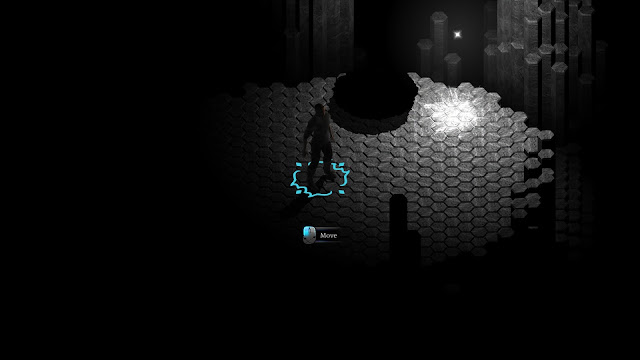 |
| The very start of the game after you have landed |
Torment: Tides of Numenera is the newly envisioned child of the game Planescape: Torment. Planescape: Torment was a story driven RPG with one of the best stories ever written for an RPG. Planescape : Torment is widely considered to be one of, if not the greatest, RPGs ever made. Let's take a look and see how its progeny measures up to the sire.
 |
| Character creation screens |
The first thing you should know is that there is going to be a lot of reading involved while playing the game. Of course, this was to be expected knowing the game's history and the fact that the game was touted as a thinking man's RPG, compared to just a hack 'n' slash one.
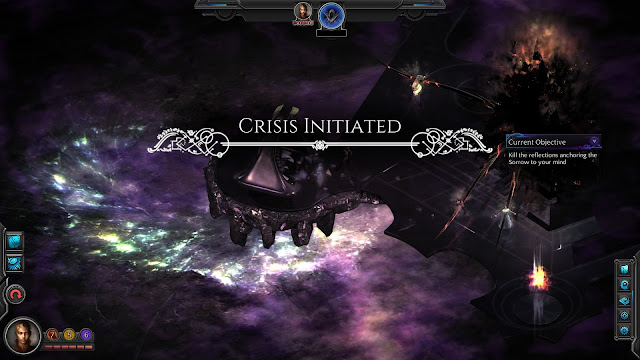 |
| The first appearance of the 'sorrow' |
The world of Torment comes alive with every step and piece of dialogue. NPCs are not just there just for mundane tasks to level your character up. They, and the world they inhabit, seem to be a living breathing place. All of the characters that you meet have their own stories, and most importantly, their own needs and wants. They will lie to you, (of course you can lie right back) and attempt to use you for their own ends.
 |
| an execution |
The game succeeds in creating a beautiful strange new world to explore. One of the big differences it has from most RPGs is the character's lack of knowledge: of himself or of the world he hurtles toward in the beginning of the game. The background story the player is given is minimal, and it is meant to be that way. You have no idea of who or what you are, let alone what your purpose is. Some gamers might be put off by the lack of: ' X fathered by Z, and is supposed to free the world from the tyranny of Y'. Torment really brings you back to the age of exploration RPGs, compared to the spoon fed ones we have become used to. Every one of your actions count, from the beginning scene to the end. Thank goodness it is not the late 90s or you would have to keep a notebook to write everything down.
 |
| Here you can get flesh modifications |
This is definitely a first for me - an RPG that can be played through with no gratuitous violence. Torment is a bit like a Platypus, you really don't know where it actually belongs. The graphics are beautiful and the story is very compelling. Hours will slip away as you move your character through the world. If it was a normal RPG it would be excellent, but it is not normal. To play this game you have to forget all you have learned in the now 'cookie cutter' world of RPGs. Hit points, warrior class, and magic mean nothing inside this game. You will learn words like glaive, esotery, and fettles. The game and game play has as many choices to go through as a restaurant menu and more. Each encounter is a microcosm of the entire game. Do you fight, bargain, or just talk; choices, choices, and more choices. The game's flow chart must be amazing to look at. Normally an RPG's replay value is not that great, although I have played a few a couple of times through again. Torment's replayability is very high.
 |
| Wandering through the first city |
The game's story is compelling to go through. You start the game hurtling through the abyss of space toward something, and there your in game choices begin before you even land. You find out that you are a 'cast-off' from the 'changing-god'. You were literally the last body that this 'changing-god' inhabited. The changing-god discovered how to be immortal by moving from one body to another. You are just one of many cast-offs who strangely become sentient once you are cast aside. Your antagonist is the 'sorrow'. It is intent on destroying the changing-god and anything that he has touched, meaning you. You are presented with two NPCs who seem to detest one another. They are even worse than an old bickering married couple. Then it is off to the races. You will strive to understand what and who you are, while also trying to figure out where in this new world you belong.
 |
| Underground |
Playing as a straight combat oriented character is not frowned upon by the game, but I think you would miss a lot of the game's substance, nuances, and story lines. It has been stated several times that you can complete the game without any combat whatsoever. That I wouldn't know about, although I have used combat less in this game than any others. My natural tendency with some NPCs, especially threatening ones, is to cleave their skull.
To really try and explain the game would hardly do it justice. It would be like sitting through a lecture on a piece of art, instead of just admiring it.
This past year and the beginning of this one has proved to be awash in cerebral games. People who enjoyed Planescape: Torment, along with newbies, are in for a great ride.
Robert
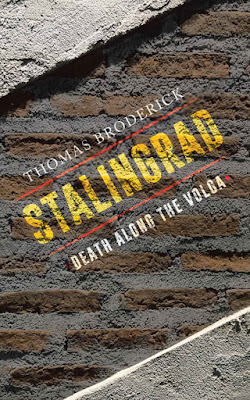
 Typhoon Over Moscow by T Broderick
Typhoon Over Moscow by T Broderick

 Typhoon Over Moscow by T Broderick
Typhoon Over Moscow by T Broderick

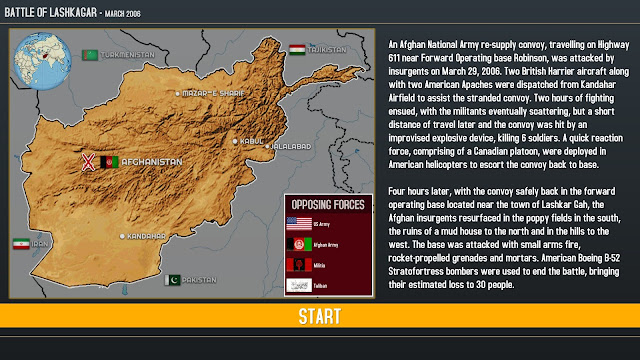
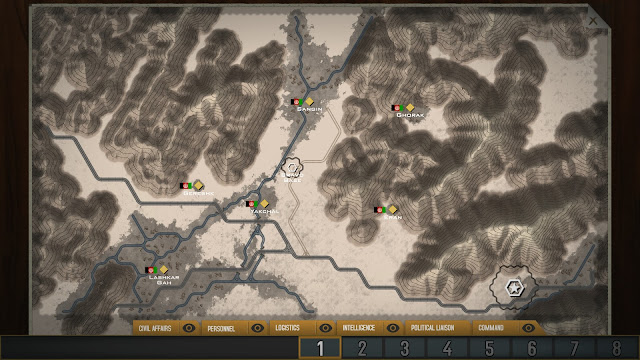

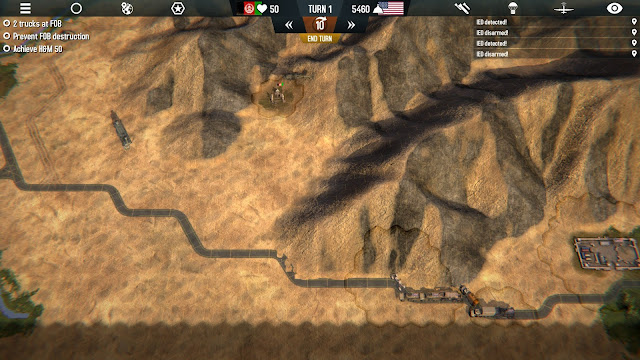




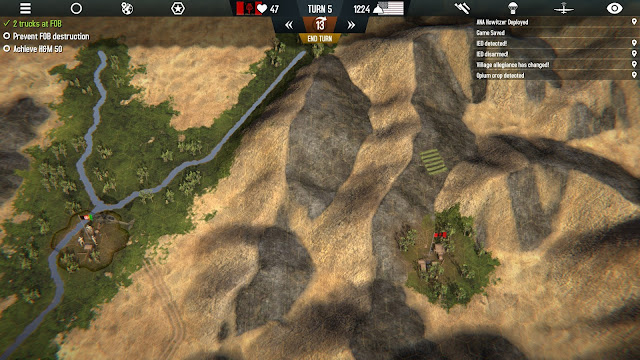


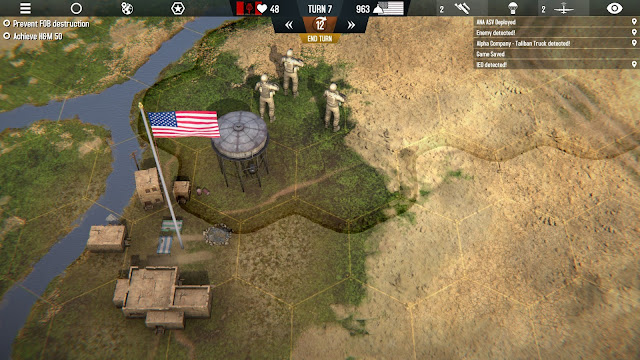














Follow Us